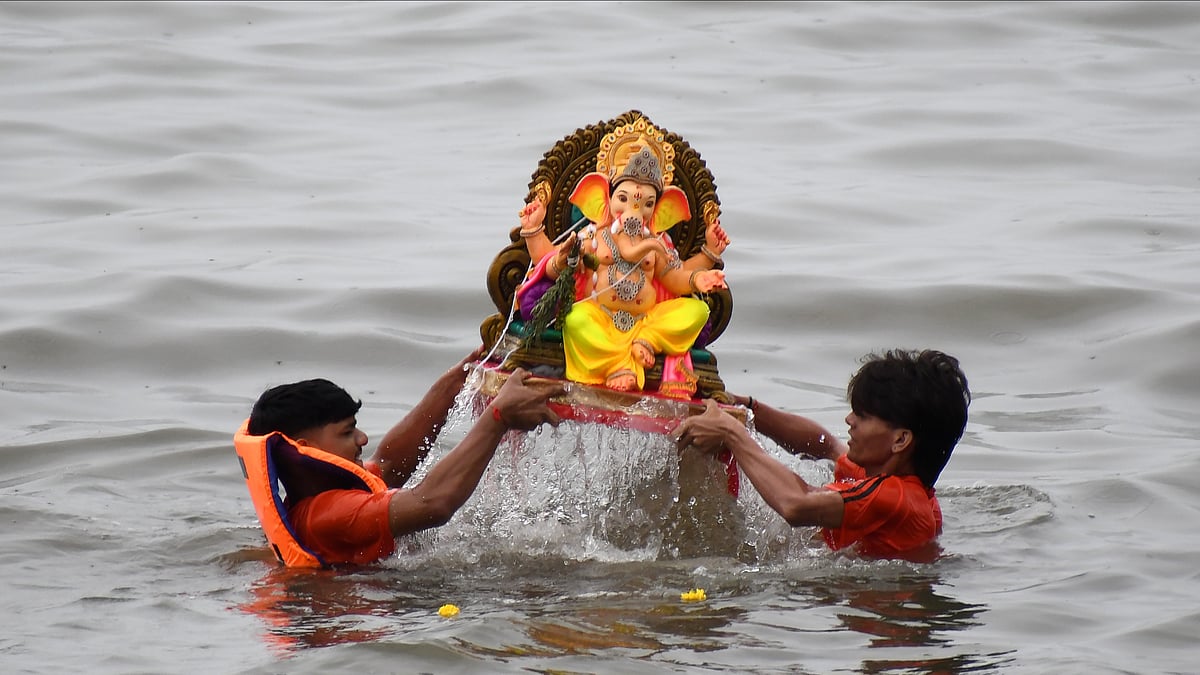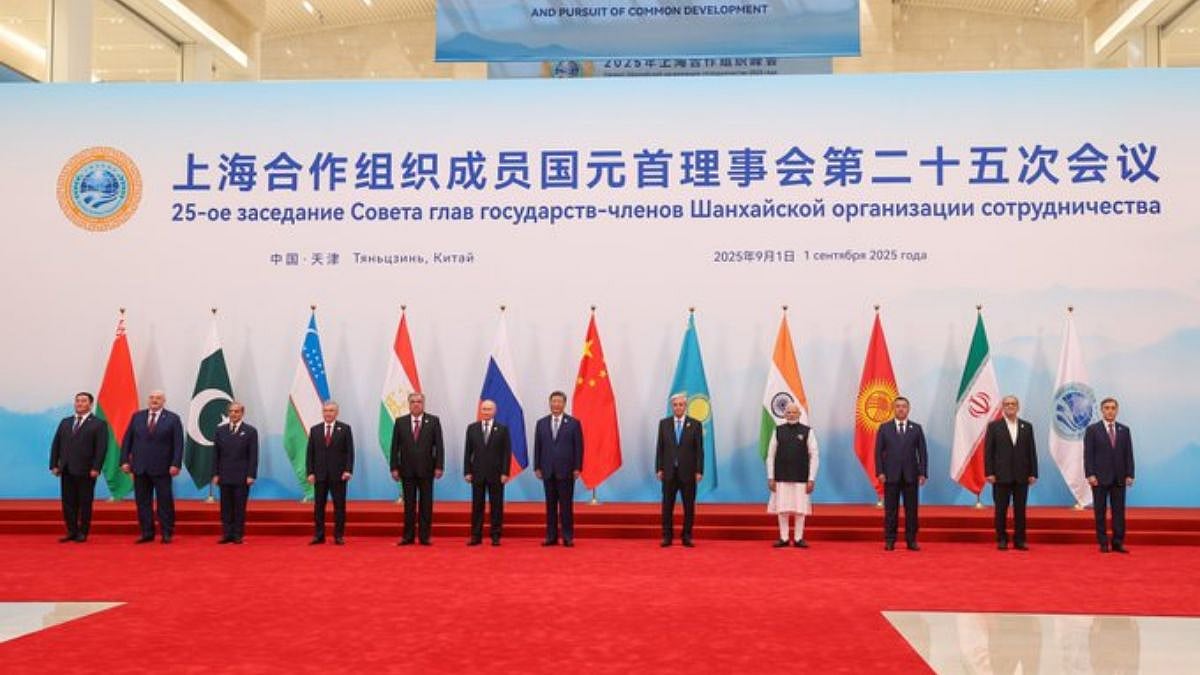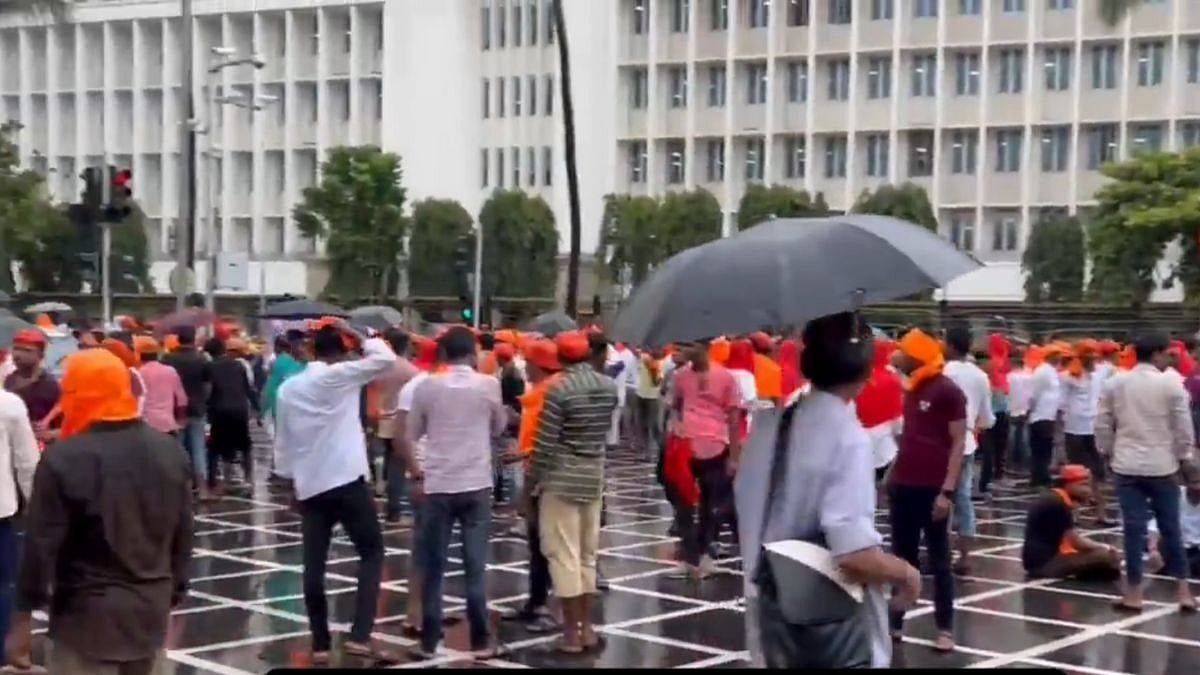The power of naming and the authority to give something a name is a hugely significant one; as words play a key role in shaping our understanding of both ourselves and the world around us. This is especially true as regards political symbolism, since naming helps constitute and define a political community both to itself and to the external world. Struggles over such definitions and identities have been an important feature of history in South Asia and are imbued with deep ideological importance and resonance. The move of anti-caste activists to use the Ambedkarite term “Dalit” as opposed to Gandhi’s label of “Harijan” to describe marginalised caste communities is just one example of this kind of salience. The moves by the current government to re-name the country “Bharat” as opposed to ‘’India’’, with the claim that this is a decolonial move to abandon a colonial legacy of a name given by the erstwhile ruling power; is typical of how the ideology of Hindu nationalism seeks to appeal to a romanticised collective memory; yet such appeals as the philosopher Maurice Halbwachs noted in his study on the relationship between history and memory, and how the latter can be an unreliable witness of the former, warning that such seductive siren songs couched as appeals can be both “ahistorical and anti-historical”.
Ahistorical because renaming of nation-states usually happens at the foundational point at the point of emancipation and creation, when a nation is freed from foreign rule or comes together to emerge as unitary polity. Renaming that is undertaken by nations after such a point — such as the recasting of Cambodia as Kampuchea, Burma as Myanmar, and Ceylon as Sri Lanka for example — indicates a darker turn by authoritarian or majoritarian governments seeking to reshape national identity in more repressive ways. Once the moment of liberation has passed, so has the immediate need to rename and slough off the weight of the past; further moves engaging in this practice under a false sense of victimisation mask other political motives to derive mileage.
It is also anti-historical in its understanding of demonyms and how they were arrived at. “India” was not “an abuse given to us by the British” — as has colourfully been claimed by one MP from the ruling party — but rather a Greek term, deriving from the river Indus, passed into that language by the Greek explorer Scylax and recorded by ancient historians such as Herodotus; entering later into European languages during the medieval period and being used since. Bharat, while used in post-Puranic Sanskrit and vernacular literature, also has religious and ethnic connotations and was not commonly used by ordinary Hindus, being largely limited to the elite Brahmanic discourse. It gained a wider currency during the agitation against the proposed partition of Bengal in 1905, being popularised by figures such as Tagore, Aurobindo and Vivekananda being tied not only to nationalist discourse but for raising Hindu self-consciousness as the previously masculinised term was given a more feminine aspect with the emerging figure of Bharat Mata as the somatic representation of the motherland imbued with Hindu cultural symbols.
Yet this is also an old debate which had already occurred during the Constituent Assembly deliberations over what the name of the country should be. At that time too, both “Bharat” and “India” had their respective advocates: the Congress party members of the Assembly had met and decided previously that “Bharat” should be selected and several amendments had been proposed regarding changing the official name from “India”, mostly notably Shibban Lal Saksena’s declaring “Bharat” should be used instead. Similar reasons were advanced for this change, most notably that “Bharat” was an indigenous term, that India was the name used by the colonial power and of foreign origins and so not appropriate. Supporters of the contending view such as Ambedkar and Nehru pointed out the advantages of retaining the name “India”, given that it was already the established name in the international scene, recognised by the United Nations, captured the idea of the whole territory of the country whose borders were inherited colonial ones, unlike “Bharat” which had an uncertain geography but which usually denoted the northern part of the country; and which made India the successor state to the British Raj, unlike Pakistan which was seen as a breakaway state. The latter being something acknowledged by Jinnah, who was most unhappy at the retention of India; arguing in line with his Two-Nation theory; that the successor states to the British Raj should be Pakistan and Hindustan, Islamic and Hindu majoritarian states respectively (one reason why the Pakistani establishment and media consistently refer to India as Bharat to underline the notion that it is a Hindu country only). The debate ended with the well-known compromise contained within Article 1 of the Constitution stating “India that is Bharat shall be a union of states.”
This compromise reveals two telling elements. First was the ability of each side to appreciate the viewpoint of the other and to arrive at a consensus decision that not only reflected this mutual regard but also spoke to the understanding that politics is the art of unification and the role of symbols in bringing together this unity both emotionally and intellectually, so that disparate visions and contending voices could form together to provide a greater unified whole, that was not exclusionary. This is in stark contrast to the politics of the current regime in this regard which seeks to divide rather than unify, exclude rather than include.
Secondly, it reflected an appreciation that “India”, being the English language name, had the advantage of not belonging to any linguistic, religious, or ethnic community. It stood above such divisions, especially communal ones, and was a truly neutral term that was acceptable to all communities which would have been more suspicious of another name that could have presented itself as partisan. Given its provenance and lingering Hindu associations, the term “Bharat” encourages the belief that Hindus and Hindu culture somehow lie at the heart of India, how the country should be defined, and what it means to be Indian. Retaining the name “India” was a reminder to Indians and for Muslims especially, that Partition with all its horrors and trauma had not undermined the continuity and inclusiveness of a composite, pluralistic state and did not require a name evocative of its pre-Muslim past. It was a decision that determined that what was suitable for Pakistan would not be suitable, contra Jinnah, for India — which was to map out a different path not as a religious majoritarian state dominated by one community, but a state that belonged to all its constituent communities and peoples.
Finally, it indicated a very different approach to the past and to history; one that did not seek to eliminate any aspect of it and which was not ashamed of the differing periods and influences that shaped Indian history and identity. As Gandhi stated in one of his prayer meetings in Delhi, during October 1947, in the wake of the extremely turbulent communal violence that was engulfing and threatening to overwhelm the city: “What would Delhi be like if the Jama Masjid were no longer there? What would it be without its ‘Muslim’ heritage and its Muslim inhabitants? It would be madness to even try and erase that history.” We would be well advised to avoid such a madness.
(Conrad Barwa is a senior research analyst at a private think-tank, and a senior research associate at the Birmingham Business School.)











